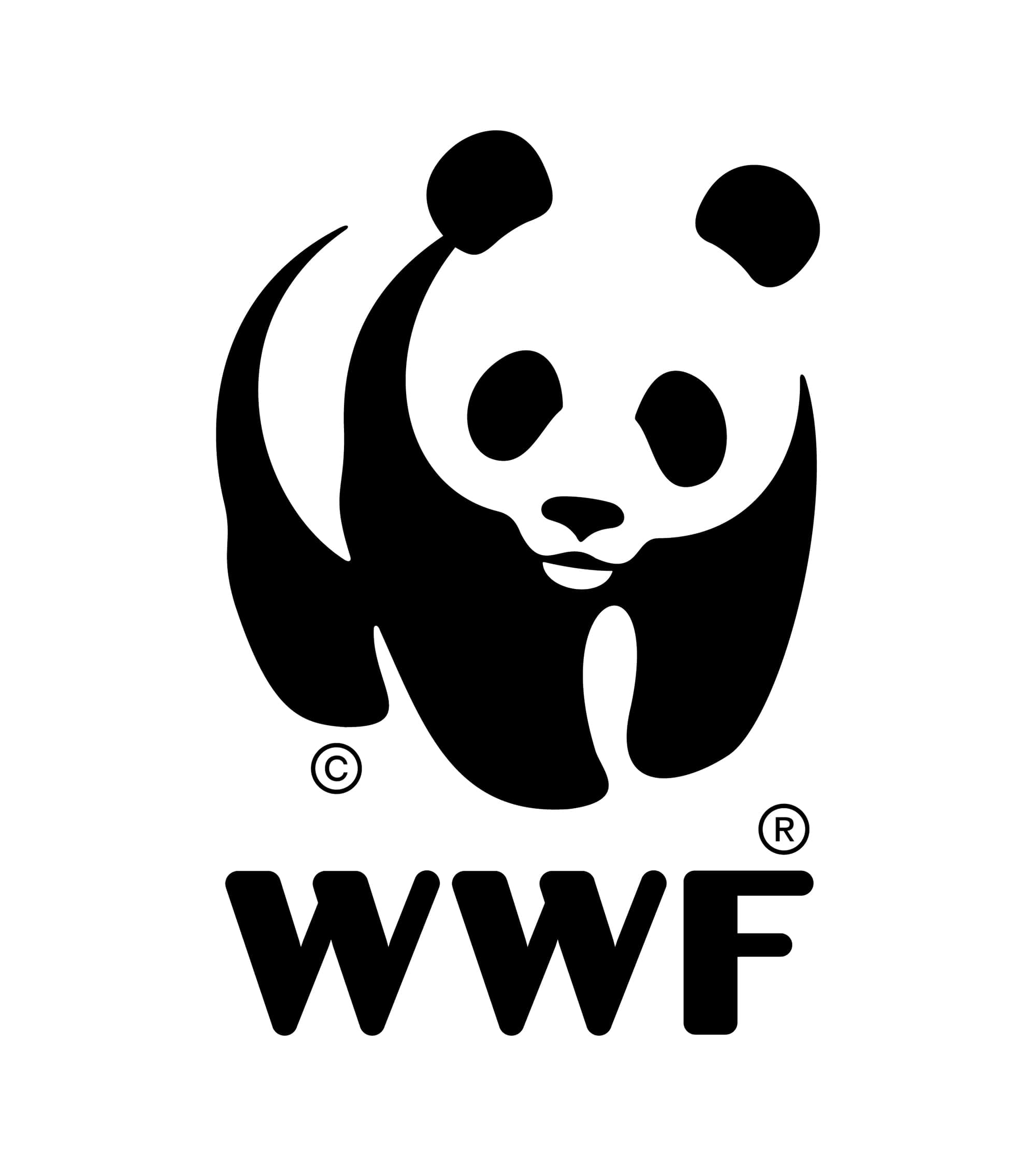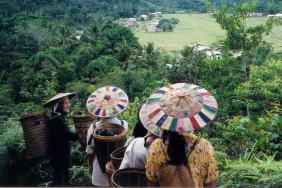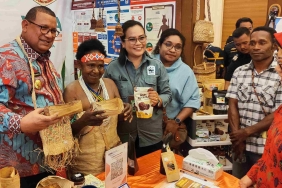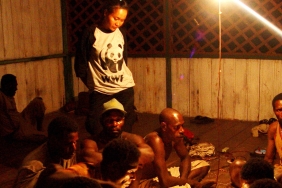THE IMPORTANCE OF CONSERVATION AREAS FOR INDIGENOUS PEOPLES
The training on MPAs and customary territories was conducted at the end of June for WWF staff in Jayapura, involving the program manager and partners of the Customary Territory Registration Agency (BRWA) as resource persons.
The training was held at the end of June for WWF staff in Jayapura.
The very close and inseparable relationship between the Papuan people and nature was expressed by Benja Mambai, Director of WWF-Indonesia Papua Program, who also explained that the philosophy of the Papuan people is 'take enough', so that biodiversity and ecosystem functions in the community's living space are maintained.
Community Decides
Explained by Cristina Eghenter (Indigenous People and Local Food System Programmatic Outcome/PO Manager), there are three main pillars that AKKM has, first; that the community has the right to protect an area because of its culture or because of its life, the second pillar; the community depends on the natural resources in it, the third pillar; there is a positive impact on environmental conservation, regardless of the type of traditional activities carried out by the community in it.
Therefore, it is the communities themselves who make decisions for the future management of their living space including conservation areas (MPAs) or customary territories, while conservation workers such as WWF-Indonesia play a role in integrating them into the work agenda. "We enrich the understanding and help indigenous people to increase their capacity; however, they are the ones who manage and care for the natural environment, in accordance with the community's consent as a form of implementing the principle of Free, Prior and Informed Consent or FPIC," said Didiek Surjanto (Community Forestry PO Manager).
As mentioned by Albertus Tjiu (Protected & Conservation Areas Program Outcome Manager), apart from the existence of Permen LHK RI NO.P. 83/MENLHK/ SETJEN/ KUM.1/ 10/2016 concerning Social Forestry in the form of Village Forest, Community Forest, Community Plantation Forest, Community Forest, Customary Forest and Forestry Partnership. Although it does not yet regulate MPAs, the Constitutional Court Decision No.35/PUU-X/2015 (MK-35) regarding the Recognition of Indigenous Forests is also the reason why WWF-Indonesia together with partners such as BRWA began to work further in encouraging the recognition and management of indigenous territories.
ICCA/AKKM and WWF's Conservation Agenda
ICCA/AKKM itself began to be escorted by WWF-Indonesia since 2008, especially in the Heart of Borneo (HoB) working area. While the 2019-2023 planning strategy is to continue the program that has been started previously set out in a strategic document by setting a target of achieving a Conservation Area-AKKM in WWF Indonesia's working area of 350,000 hectares. Especially in related seascapes and landscapes such as in Kalimantan, Sumatra, Papua, and Nusa Tenggara.
The development of AKKM area assistance in Kalimantan Island until 2019 has been carried out in West, Central, East and North Kalimantan, with locations in Empangau Lake, Hai Lake, Bulat Lake, Payawan Lake, Parupuk Village Lake, Tajahan Teluk Emba, Tajahan Himba Rawi, Tajahan Handiwung, Sulup Lake, Gunung Eno, Sebaju, Mungguk Kersik and more than 10 Tana' Ulen traditional conservation areas.
CME opportunities in Papua
In line with what WWF Papua Program colleagues have discussed in the training, it appears that the conservation value derived from facilitating the management of customary territories and significant places should always be raised. WWF-Indonesia itself can help indigenous Papuans to gain rights and improve their welfare. According to Didiek, the management targets of customary areas and important places contribute to greater conservation targets, for example in saving rare species of animals such as cenderawasih, pig-snouted turtles, and so on. In addition to providing area protection in the form of corridors, Provincial Strategic Areas, and Essential Ecosystem Areas.
Meanwhile, according to Cristina, MPAs are located in conservation areas such as National Parks, but the implementation and facilitation process needs to be discussed first, including looking at the legality process. Another option that is in line with WWF-Indonesia's social principles and policies is strengthening collaboration in the management of national parks and living spaces in traditional use zones such as in Wasur and Lorentz National Parks. High conservation values or HCVs may be part of MPAs, although MPAs encompass a broader concept of resource protection and management that is connected to community culture.





